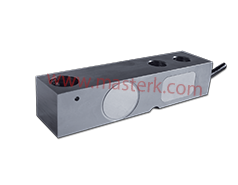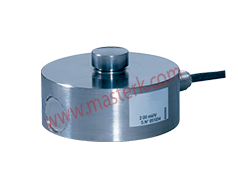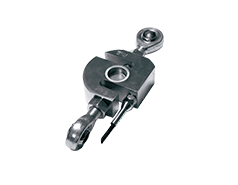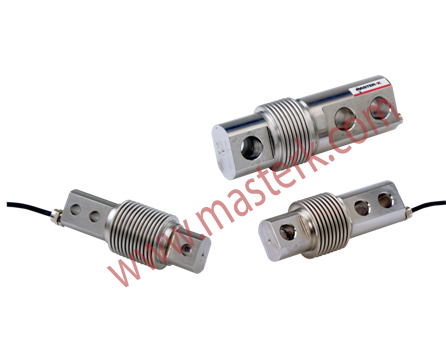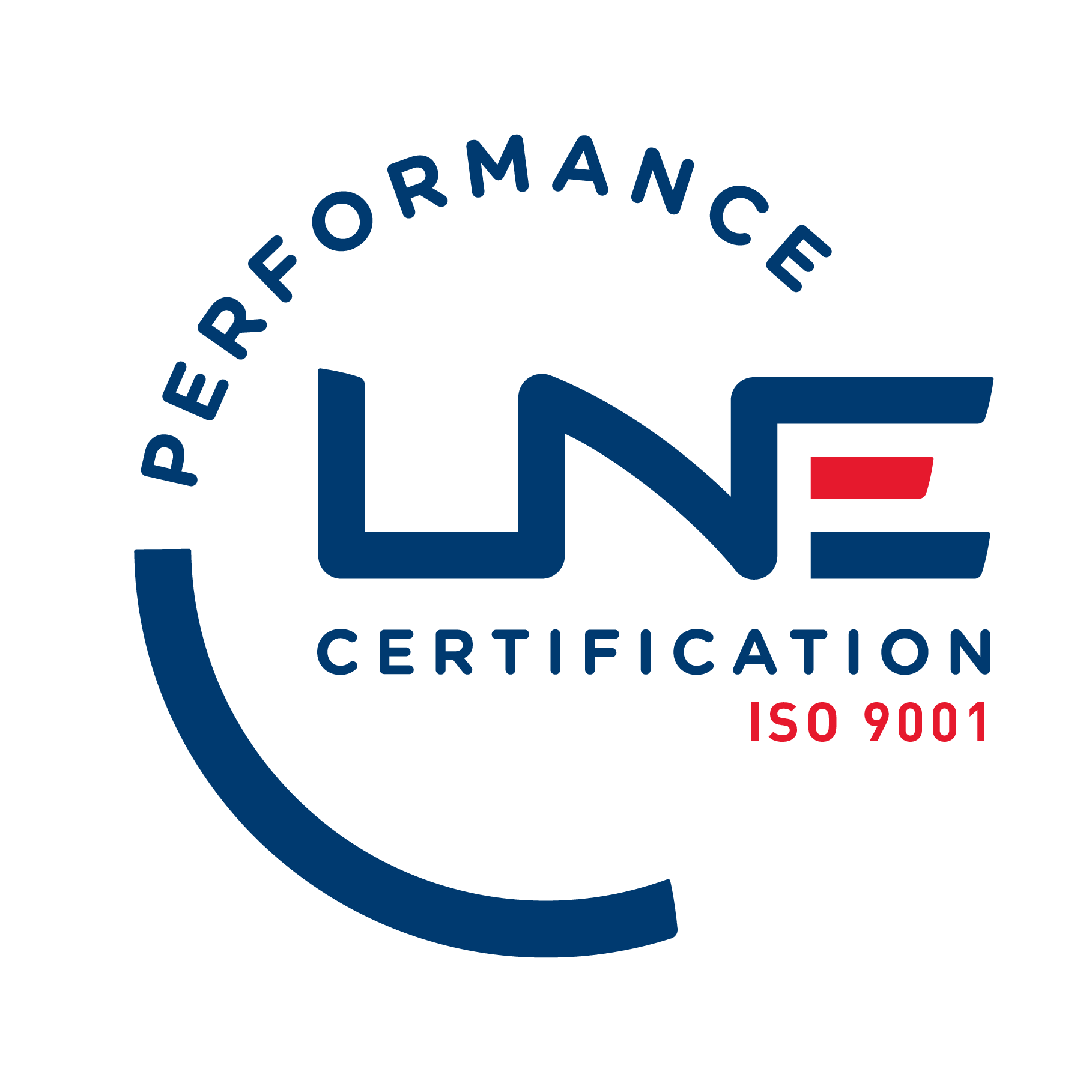What are load cells and how to use them ?
Load cells also called sensors are the key component essential to all weighing systems. They offer precise and reliable measurement of weight.
Essential measuring elements for all industrial weighing systems, weighing sensors must be adapted to the needs and constraints of use.
As there are different types of loads, there are also several types of load cells.
Therefore it is essential to consider the type of loading in order to adapt with the right sensors.
To measure weight, the object is positioned on a load application point of a load cell.
The ensuing force, created by the weight, is then transmitted to a strain gauge arranged in a Wheatstone bridge configuration. This force causes deformation in the strain gauge, altering its electrical resistance, which is subsequently detected by the bridge structure.
Strain gauge load cells are devices that accurately measure forces or loads applied to an object. They are widely used in a variety of industrial and scientific applications where precise measurement of weight or force is required.
How to check load cells installation ?
Testing load cell installation is a crucial step to ensure accurate and reliable measurements. In order to obtain the most accurate out-turns you have to programm load cells through proper and regular calibration.
Similar to any tension or strain gauge subject to repeated high loads, especially those involving dynamic forces, load cells will inevitably exhibit signs of slight drift and misalignment over time.
Hence, they must undergo control measures to effectively fulfill their missions. Therefore, it is highly recommended to perform annual calibration procedures.
Load cell suppliers
Load cells, the heart of precision weighing systems, owe their accuracy and reliability to the quality of components used in their construction. Choosing the right load cell supplier is a critical step in ensuring the performance and longevity of weighing equipment across various industries.
How to choose the right load cell supplier?
Here are some criterias you can use to select the load cell supplier that best suits your needs:
Quality standards and certifications:
Reputable load cell suppliers adhere to stringent quality standards and often hold certifications such as ISO 9001, MASE, etc. Compliance with industry-specific regulations ensures that the load cells meet the necessary criteria for accuracy, reliability, and durability.
Customized offer:
Recognizing the diverse requirements of their customers, reliable suppliers often provide customization options. This enables you to tailor load cells to specific applications, ensuring optimal performance in unique settings.
Innovative Technology:
Leading suppliers invest in research and development to incorporate cutting-edge technology into their products. This includes advancements in materials, strain gauge technology, and signal processing, ultimately enhancing the precision and efficiency of weighing systems.
Durability and Robustness:
Load cells operate in various environments, some of which can be challenging. Reliable suppliers prioritize durability and robustness in their designs, using materials that withstand harsh conditions while maintaining accuracy.
Technical Support and Expertise:
Exceptional suppliers provide comprehensive technical support and expertise. This includes assistance in selecting the right load cells, guidance on installation, and troubleshooting support to address any issues that may arise during the lifespan of the equipment.
Main categories of load cell (scale) with strain gauges:
-> Single beam weighing sensors:
These sensors feature a single strain gauge beam mounted on a solid structure. When a load is applied to the object, the strain gauge beam deforms, causing a change in the electrical resistance of the sensitive material. We then convert this variation into a measurement of the applied force...
-> Dual beam load cells:
Similar to single beam load cells, dual beam load cells use two strain gauge beams to measure the applied force. These sensors provide better stability and accuracy because they compensate for the effects of side loads and parasitic forces.
-> Shear load cells:
Shear load cells use strain gauges mounted on a flexible base. When a force is applied, the base moves in shear, causing a change in the resistance of the sensitive material. These sensors are often used in commercial scales and weighing platforms due to their high sensitivity.
-> Compression load cells:
Compression load cells are designed to measure force in a vertical direction. They are typically used in industrial scales, hoppers, and dosing systems, where force is applied vertically to the sensor.
-> Bending load cells:
Bending load cells are used to measure force applied in multiple directions. They are suitable for applications where loads can be applied non-axially.
-> Column load cells:
Column load cells are designed to measure large forces. They use a compression column to withstand heavy loads and are used in industrial applications requiring high load capacity.
These different categories of strain gauge load cells offer a wide range of possibilities to meet the specific needs of industrial, commercial, or scientific applications.
Our range of sensors covers the majority of industrial weighing needs:
-
Bending load cell (machine weighing, medium range scale)
-
Compression load cell (weighbridge, silo weighing, container...)
-
Traction load cell (tank...)
-
Shear beam load cell (scale, pallet-scale, machine weighing...)
All of our sensors are OIML R60 approved for legal-for-trade applications.
New sensors
The weighing industry is constantly evolving as it tries to adapt and answer to the different needs of tomorrow. New sensors will thus integrate new technologies. It can be related to a wireless connectivity. This wireless integration enhances mobility, facilitates easier installation, and supports the creation of interconnected weighing networks. It can also be about the introduction of high-speed signal processing technology that ensures rapid and accurate data capture.
The choices of new sensors are multiples. However at ARPEGE MASTER K we believe that sensors must above all be able to withstand difficult environmental conditions. Therefore our new sensors have been approved to operate up to 55°C. In this manner, our weighing equipment can resist to harsh environement conditions.
To know more, discover our new sensor CPFN-A.-
More
-
More
Compression load cell
This type of low profile Stainless steel compression load cell is particularly suited for silo weighing. Lots of template of assembly kit for a simple and quick integration under silos feet, machines, hopper... -
More
Compression digital load cell 30t
This compression digital load cell is in stainless steel. For weighbridges with mounting kit -
More
Traction load cell in stainless steel
Perfect for hanging conveyor belt or hopper and measuring traction effort. -
More
